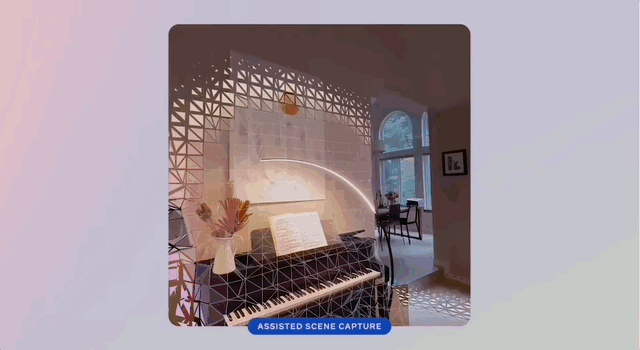In the rapidly evolving landscape of educational technology, VR stands out as a transformative tool, reshaping the way students interact with and understand educational content. VR provides immersive learning experiences, allowing students to explore, visualize, and interact with complex concepts in a more tangible and engaging manner. Meta’s Quest series, specifically the Meta Quest 2 and the newly released Meta Quest 3, are at the forefront of this technological revolution in education, offering varied experiences and capabilities.

This piece aims to delve into the comparative aspects of Meta Quest 3 and Meta Quest 2, focusing on their implications in educational settings. We will explore various facets including performance, display, design, comfort, storage, mixed reality experiences, and value, to provide a comprehensive understanding of how these devices align with educational goals and needs.
Performance and Display for Education
In educational technology, the performance and display of a device are critical in delivering effective learning experiences. Meta Quest 3, with its superior 2064 x 2208 display, emerges as the preferred choice, offering more detailed and immersive visual experiences compared to the Quest 2’s 1832 x 1920 display. This is vital for educational content where clarity and detail can significantly enhance comprehension and retention of information. On top of this, the Quest 3 has a significantly larger field of view (FOV) at 110°, compared with the Quest 2 at 89-96°. Increased FOV can have a significant impact on the sense of immersion within a virtual world and enhance comfort.
The Quest 3’s smoother 90Hz to 120Hz refresh rate provides a more comfortable experience for users. Higher refresh rates are understood to lower the rate of motion sickness, which is essential for maintaining student engagement during immersive learning experiences, especially at a large scale. Furthermore, the advanced Snapdragon XR2 Gen 2 chip in Quest 3 provides unparalleled performance, allowing students to explore intricate educational content and participate in immersive learning activities without disruptions, enhancing the overall learning experience.
Design and Comfort for Learners
Comfort and user-friendly design are essential for sustained focus and learning. The Quest 3, utilizing innovative pancake optics technology, offers a slimmer and more balanced design, minimizing user discomfort during prolonged use. This ensures that students can concentrate on learning without distractions or discomfort.

The redesigned controllers of Quest 3 are also more ergonomic, accommodating diverse user needs and preferences, crucial for inclusive learning environments. This focus on user comfort and inclusivity ensures that all students have equal access to learning opportunities provided by VR technology.
Storage and Learning Material Accessibility
The availability of a 512GB version of Quest 3 is advantageous for educational institutions intending to integrate a diverse range of learning materials and applications. It’s worth noting that the Quest 2 only went up to 256GB, thus offering half the space. This extensive storage capacity enables schools to host a variety of educational content without the constant hassle of managing storage space, allowing for a more flexible and enriched curriculum.
Ample storage is increasingly important as digital learning materials continue to evolve, becoming more sophisticated and diverse. It provides educators the flexibility to diversify learning materials, offering students a more comprehensive learning experience.
Mixed Reality Experience in Learning
The Meta Quest 3’s advanced mixed reality capabilities mark a significant advancement in immersive learning, allowing for the seamless integration of digital elements into the physical world, creating richer and more contextual learning environments. This feature is pivotal in subjects like science and history, where the blending of real and virtual worlds can offer deeper insights and more nuanced understandings of complex concepts, enhancing engagement and comprehension. In contrast, while the Quest 2 offers immersive virtual reality experiences, it lacks the advanced mixed reality features of the Quest 3, potentially limiting the depth and range of interactive learning experiences that can be provided.

Moreover, the Quest 3’s mixed reality features not only cater to diversified learning approaches and preferences but also facilitate collaborative learning experiences, promoting peer-to-peer interaction and cooperative exploration of educational content. This fosters enhanced problem-solving skills, critical thinking, and a deeper understanding of subjects, providing a more comprehensive and engaging learning experience. While the Quest 2 remains a competent tool for virtual reality learning, the Quest 3, with its superior mixed reality capabilities, stands out as a transformative educational tool, offering more enriched and varied learning experiences and significantly impacting educational outcomes.
Price, Value, and Educational Budgets
When integrating VR technology in schools, balancing budget and value is crucial. The Quest 2, priced at $299, is a cost-effective option for schools newly exploring VR learning, offering balanced performance for basic VR educational experiences and presenting a valuable solution for those with budget constraints or at the early stages of immersive learning implementation. In contrast, the Quest 3, with its price tag of $499, offers advanced features and superior mixed reality experiences, making it a worthwhile investment for institutions aiming for premium immersive learning experiences and have the budget to accommodate such advanced technology.

While the Quest 2 may lack the advanced features of the Quest 3, it still provides substantial educational value, democratizing access to innovative learning experiences. The decision between the affordable Quest 2 and the advanced Quest 3 should be a careful consideration of the institution’s needs, goals, and budget, ensuring the chosen device aligns with educational objectives and financial capabilities.
So, what now?
In wrapping up, the choice between Meta Quest 2 and Meta Quest 3 is not just a matter of selecting a piece of technology; it’s about making a strategic decision that will directly shape the learning experiences of students. It’s about aligning technological solutions with educational goals and desired outcomes to optimize learning environments. The Meta Quest series represents more than innovation; it is a gateway to limitless learning possibilities, a tool that brings the world of knowledge to students’ fingertips, allowing them to explore, innovate, and discover. By choosing the right device, educators and institutions are not just adopting new technology; they are actively participating in shaping a future where learning knows no bounds, and education is a rich, immersive, and inclusive experience for all.



